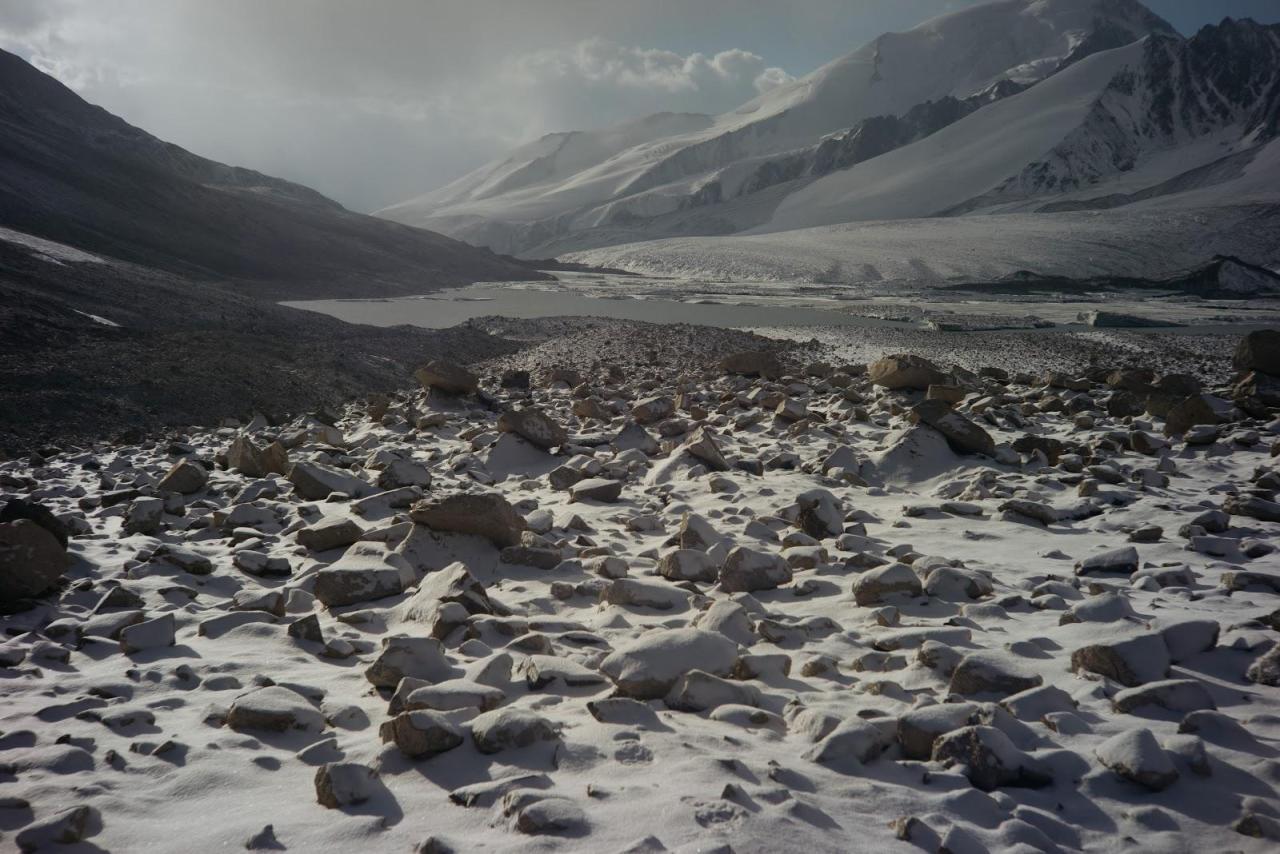Climate change threatens glaciers in Tajikistan, says Tajik expert

By Trend
Over 1,000 small glaciers have disappeared in Tajikistan over the past thirty years, Deputy Director of the Hydrometeorology Agency of Tajikistan, Karimjon Abduhalimov, noted at the two-day Central Asia Climate Change Conference 2019 (CACCC-2019) that kicked off in the Uzbek capital, reports Trend citing to news.tj
According to him, climate change poses serious threat to the process of providing favorable living conditions for population and protecting water resources in the region.
“Of 14,000 glaciers in Tajikistan which are of vital significance for the whole region, more than 1,000 small glaciers have disappeared over the past thirty years,” Abduhalimov noted.
Rising temperatures and melting glaciers increased the risk of drought, landslides and floods that poses real threat to food, water and energy security and population health, Tajik expert said.
Abduhalimov proposed the conference participants to extend the countries’ national strategies for adaptation to climate change to the regional scale.
The Central Asian Climate Change Conference is one of the largest events in the region to address issues of environmental protection.
Nearly 400 representatives of government agencies, international and regional partners, multilateral development banks and civil society organizations, as well as academicians working on climate change, gathered at the two-day conference.
Here we are to serve you with news right now. It does not cost much, but worth your attention.
Choose to support open, independent, quality journalism and subscribe on a monthly basis.
By subscribing to our online newspaper, you can have full digital access to all news, analysis, and much more.
You can also follow AzerNEWS on Twitter @AzerNewsAz or Facebook @AzerNewsNewspaper
Thank you!
